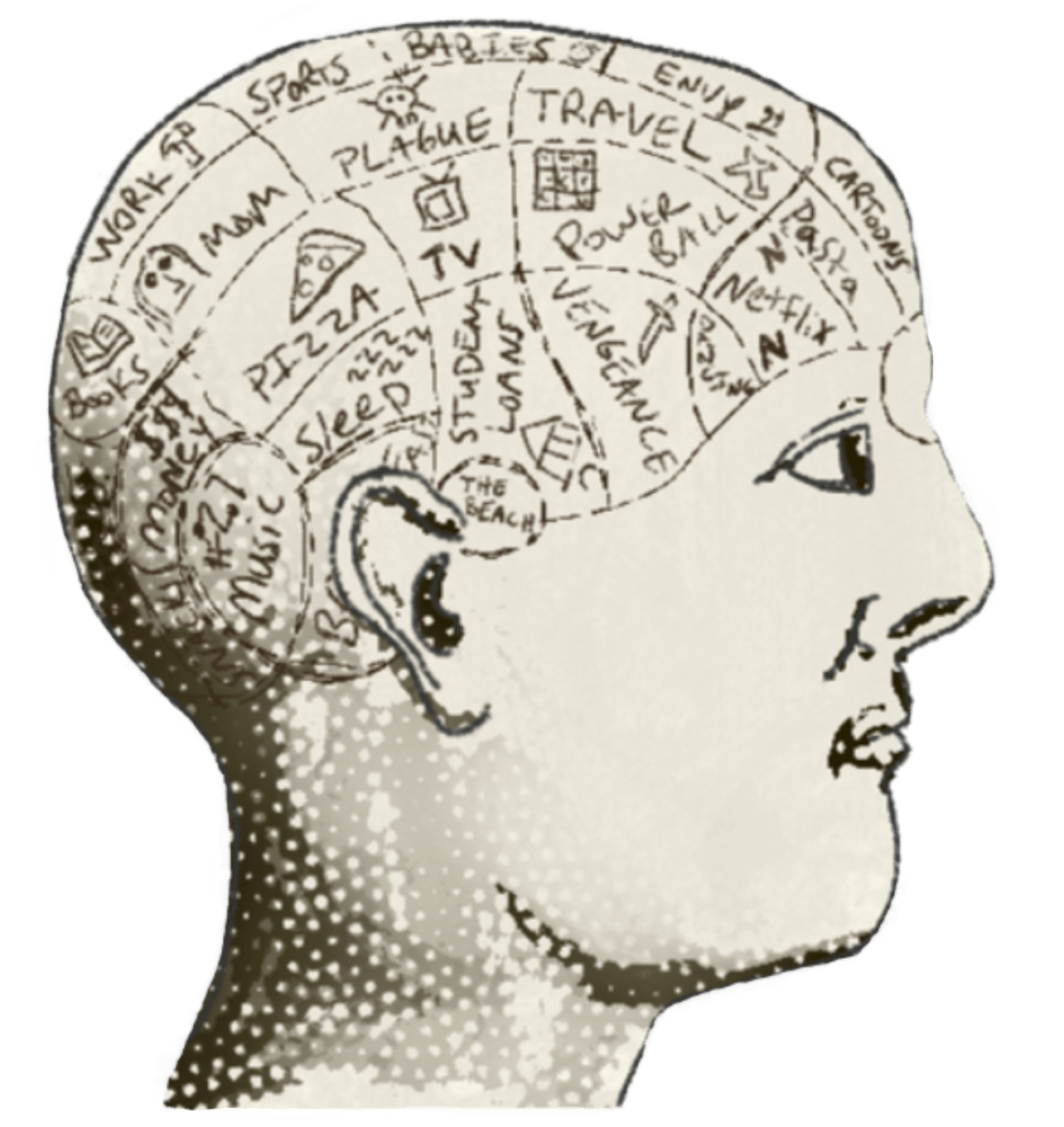Disney’s illustrations of coherent action
Is there a mouse trap in your museum’s strategic map?
In recent months, I’ve been bringing together a small group of museum directors for occasional meetups to discuss “opportunity-based strategy”.
Opportunity-based strategy is my working name for an approach to strategic planning that prioritizes opportunities over goals. (Not that goals aren’t important. Goals are central to what we study in progress-space research, but that’s about people’s goals — not organizational goals.) Opportunity-based strategy starts with an organization's challenges and opportunities rather than what we wish would happen (unrealistic goals). Opportunity-based strategy isn’t something new. I’m borrowing many ideas from what Richard Rumelt calls “challenge-based strategy”.
Maybe because of the group discussions, I’m now primed to notice references to strategy in my day-to-day comings and goings. One idea I plan to bring to the group is the principle of coherent action, which explains why I was struck by the drawings below of “Walt Disney’s Mid-Century Business Strategy Charts” (h/t).
It’s funny how people interpret these diagrams as strategies in themselves or recipes, as in this HBR article. A business analyst in 1960 probably would have laughed at these drawings, but if you yellow the paper and add a few billion in profit, these same illustrations of a singing dog and a duck reading comic books become "a corporate theory of sustained growth".
But the drawings don’t represent strategies or recipes. A strategy exists in support of a challenge or opportunity. A recipe isn’t just a list of ingredients. It describes how to use things to produce something specific and new — a thing that is different than any of its individual parts.
Coherent action is the principle that a collection of self-reinforcing actions should support a strategy. The diagrams show a virtuous cycle at work. A value-generating network is in place. Coherent action is a source of power in that it creates leverage. A single entity in the structure would provide some value, but it becomes a force multiplier in cooperation with its neighbors.
If we remove one of the elements in Disney’s network, the other initiatives have less fuel but can still produce value.
I think it’s more interesting to imagine adding a new, independent element to the structure. Imagine Disney started manufacturing more humane mouse traps because everyone loves Mickey. None of the assets or expertise referenced in the diagrams above support mouse-trap development, and mouse-trap expertise will not fuel the production of films, publications, etc. Even if The Mickey Mouse Trap initiative succeeded, the effort would introduce incoherence. It would be like a person growing a tail. Sure, maybe you can punish your enemies in more interesting ways now that you have one, but you also have to relearn how to maintain your balance and do basic human stuff.
Invitation: Try mapping your organization’s resources the way Disney did. How does each entity or asset reinforce others? Are there initiatives that make few contributions to others in the network? Which ones provide more fuel (i.e., the connecting lines/arrows in the chart)? Sketch it out on a piece of paper. Take a picture of your sketch and send it back to me in a reply to today’s letter.
Have a self-reinforcing week,
Kyle


